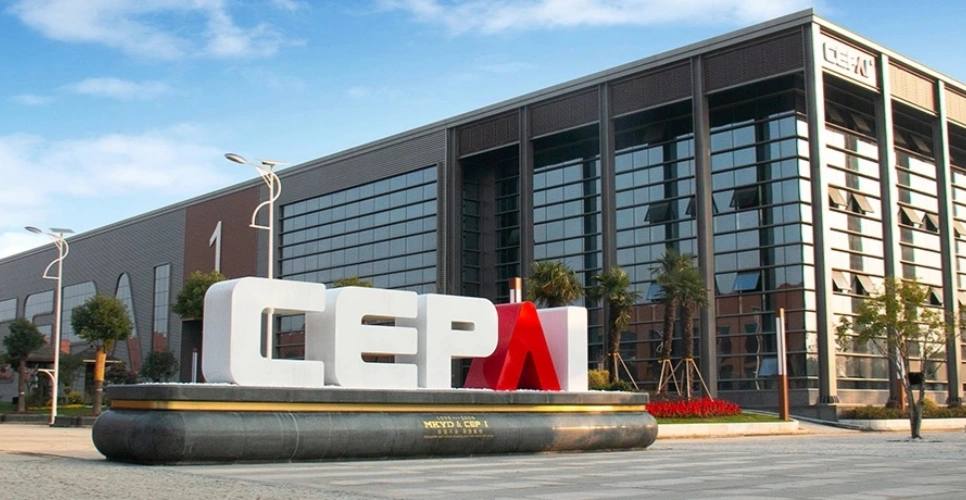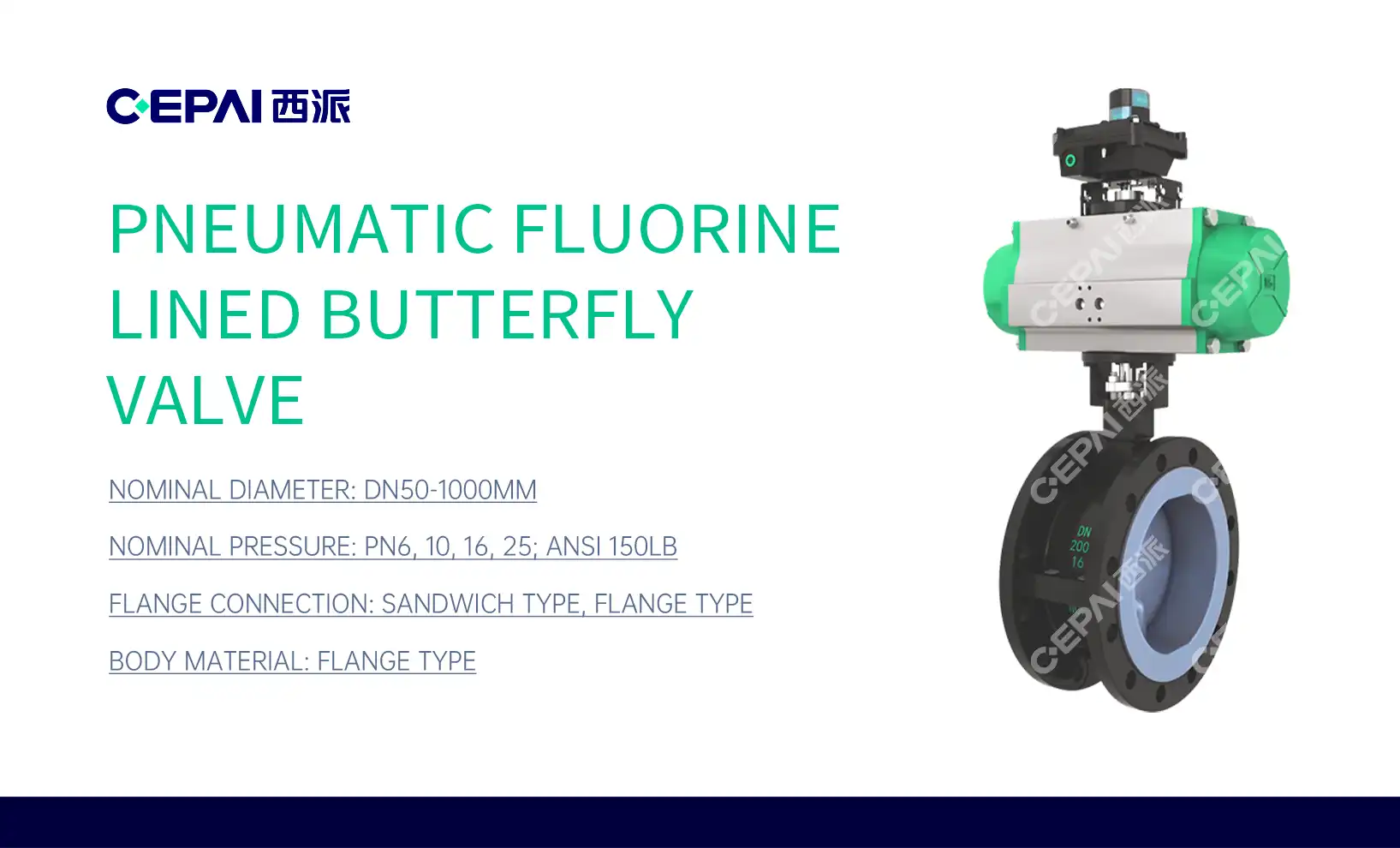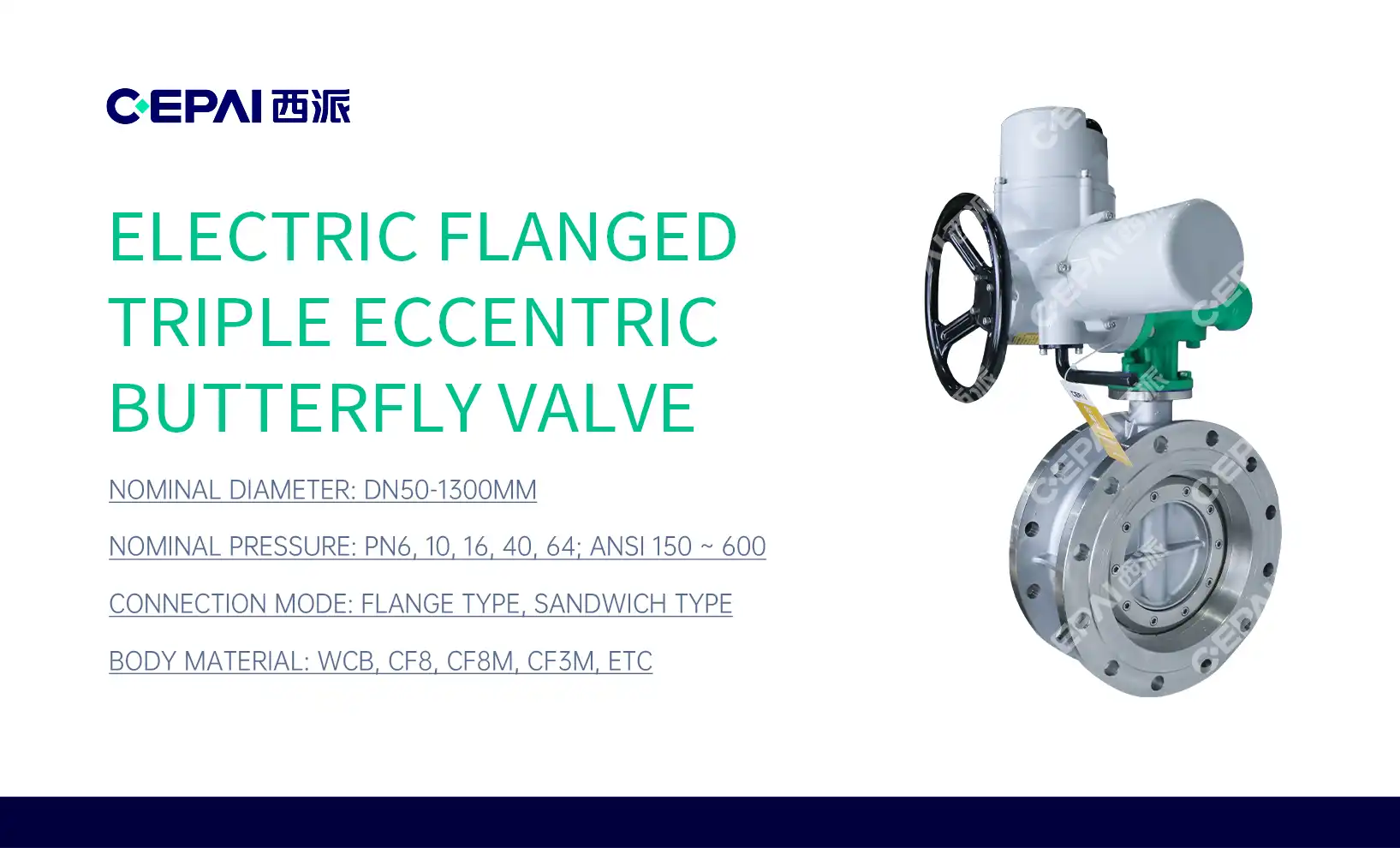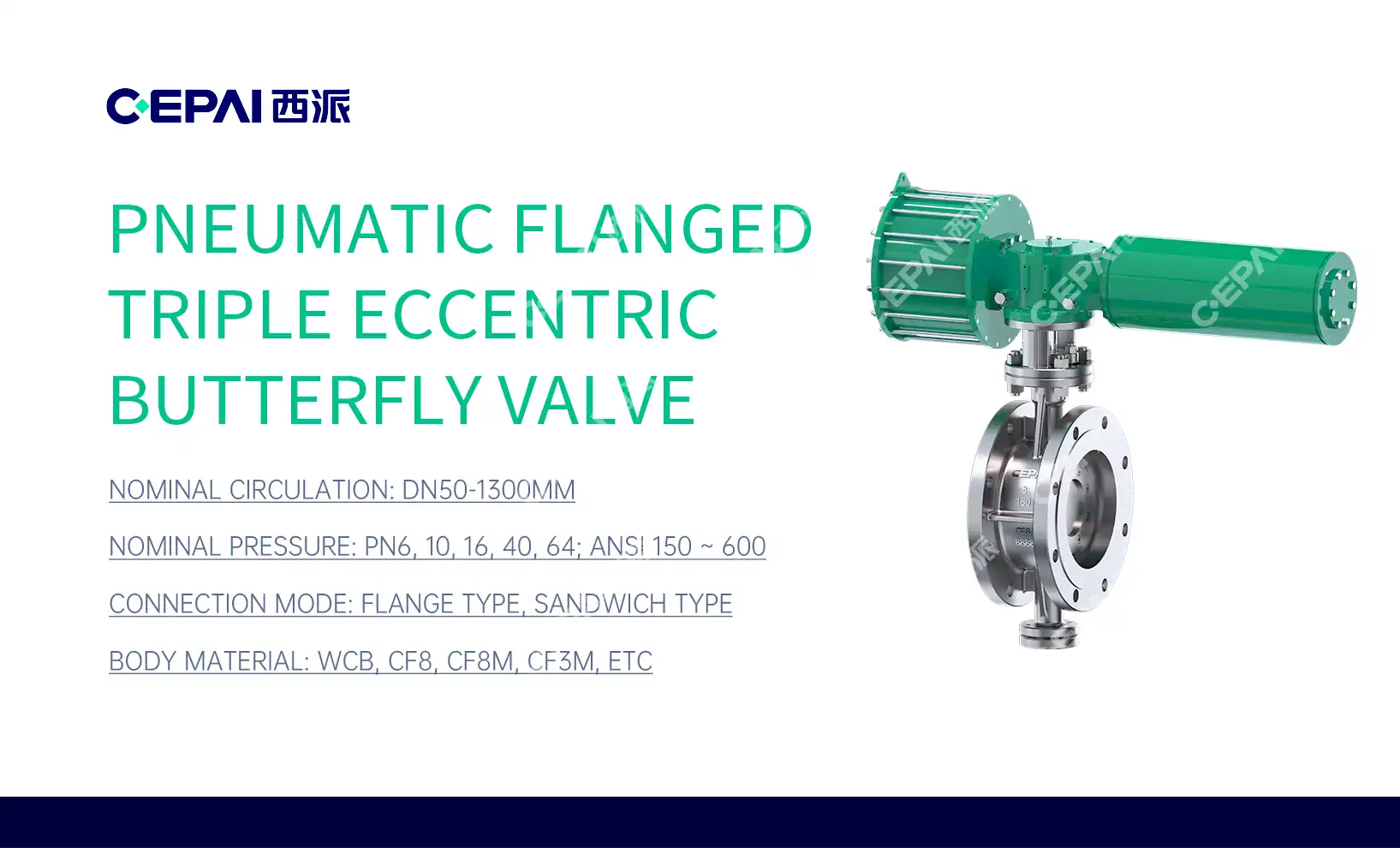Understanding Ball Valve Basics and Types
What is a Ball Valve?
A ball valve is a quarter-turn rotational motion valve that uses a spherical disc to control fluid flow. The sphere has a hole, or port, through the center. When the valve is open, the hole aligns with the flow path, allowing fluid to pass through. When rotated 90 degrees, the solid part of the sphere blocks the flow path, effectively shutting off the flow.
Ball valves are prized for their reliability, durability, and excellent sealing capabilities. They can handle high pressures and temperatures, making them suitable for a wide range of applications across various industries. Their simple design also allows for easy operation and maintenance, contributing to their popularity in fluid control systems.
Types of Ball Valves
There are several types of ball valves, each designed for specific applications and operating conditions:
- Full Port Ball Valves: These valves have a bore diameter equal to the pipeline's inner diameter, allowing unrestricted flow and minimal pressure drop.
- Reduced Port Ball Valves: The bore diameter is smaller than the pipeline, offering a more compact design and potentially lower cost.
- V-Port Ball Valves: Featuring a V-shaped ball, these valves provide excellent throttling capabilities and precise flow control.
- Trunnion Mounted Ball Valves: Designed for high-pressure applications, these valves have additional mechanical anchoring to reduce operating torque and seat wear.
- Floating Ball Valves: The ball is suspended within the valve body and moves with the pressure of the media, providing a tight seal at lower pressures.
Key Components of a Ball Valve
Understanding the main components of a ball valve is essential for proper selection and maintenance:
- Body: The outer casing that houses the internal components and connects to the pipeline.
- Ball: The spherical disc with a bore that controls the flow.
- Seats: Sealing elements that ensure a tight closure between the ball and body.
- Stem: Connects the ball to the actuator or handle for operation.
- Packing: Prevents leakage around the stem.
- Actuator or Handle: Used to rotate the ball and control the valve's position.
Factors to Consider When Selecting a Ball Valve
Material Selection
Choosing the right material for your ball valve is crucial for ensuring compatibility with the media, operating conditions, and longevity of the valve. Common materials include:
- Stainless Steel: Excellent corrosion resistance and suitable for high-temperature applications.
- Carbon Steel: Strong and cost-effective, ideal for non-corrosive applications.
- Brass: Good for moderate temperatures and pressures, often used in water and gas systems.
- PVC: Lightweight and corrosion-resistant, suitable for low-pressure applications.
- Alloy Steel: Used for extreme temperature and pressure conditions.
Consider factors such as chemical compatibility, temperature range, and pressure requirements when selecting the valve material. For aggressive media or extreme conditions, specialized materials or coatings may be necessary.
Pressure and Temperature Ratings
Ball valves must be able to withstand the system's operating pressure and temperature. Key considerations include:
- Working Pressure: The maximum pressure the valve can safely handle during normal operation.
- Temperature Range: The minimum and maximum temperatures the valve can withstand while maintaining its integrity and performance.
- Pressure-Temperature Relationship: As temperature increases, the maximum allowable working pressure typically decreases.
Always choose a valve with pressure and temperature ratings that exceed your system's requirements to ensure safe and reliable operation.
Flow Characteristics and Sizing
Proper sizing and understanding of flow characteristics are essential for optimal performance:
- Cv Value: Indicates the flow capacity of the valve. Higher Cv values allow for greater flow rates.
- Flow Coefficient: Represents the relationship between pressure drop and flow rate through the valve.
- Valve Size: Should match the pipeline size for full port valves or be appropriately sized for reduced port valves.
- Throttling Capability: If precise flow control is required, consider valves designed for throttling applications.
Proper sizing ensures efficient operation, reduces wear, and prevents issues such as cavitation or flashing.
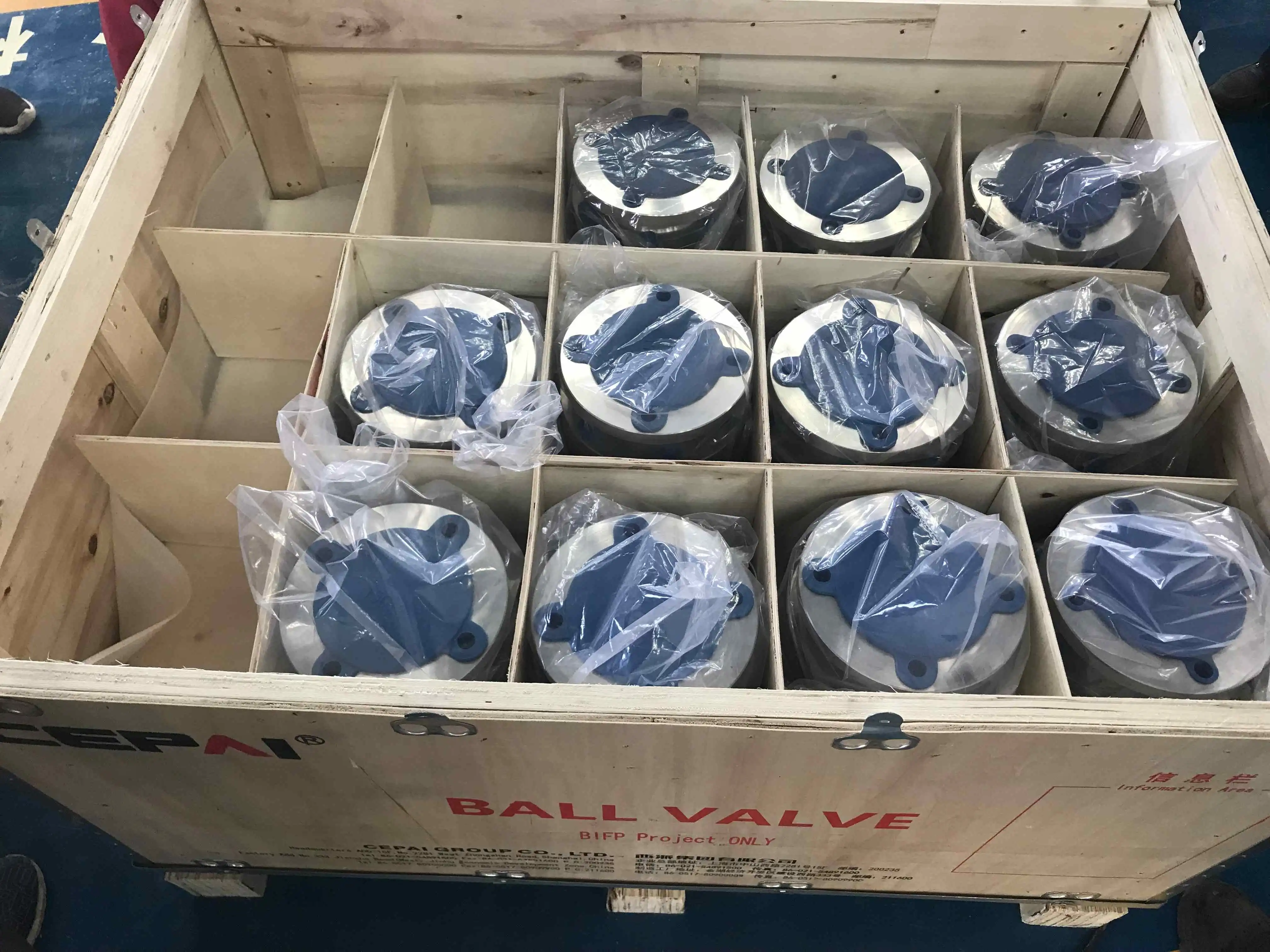
Advanced Considerations for Ball Valve Selection
Actuation and Control Options
The method of operating the ball valve can significantly impact its functionality and suitability for your application. Consider the following options:
- Manual Operation: Suitable for infrequent use or where automated control is not required. Options include lever handles or gear operators for larger valves.
- Pneumatic Actuation: Uses compressed air to operate the valve, offering quick response times and intrinsically safe operation.
- Electric Actuation: Provides precise control and can be easily integrated into automated systems. Ideal for remote operation.
- Hydraulic Actuation: Offers high torque output, making it suitable for large valves or high-pressure applications.
When selecting an actuation method, consider factors such as response time, available power sources, control requirements, and environmental conditions.
Sealing Technology and Seat Materials
The sealing mechanism and seat materials play a crucial role in the ball valve's performance and longevity:
- Soft Seats: Typically made from materials like PTFE, RPTFE, or PEEK, offering excellent sealing properties and chemical resistance.
- Metal Seats: Used in high-temperature or abrasive applications where soft seats may not be suitable.
- Fire-Safe Designs: Incorporate metal-to-metal secondary sealing for emergency situations.
- Double Block and Bleed: Provides two sealing surfaces and a bleed port for added safety in critical applications.
Select seat materials that are compatible with your process media and operating conditions to ensure long-term reliability and minimal maintenance requirements.
Specialized Features and Industry Standards
Depending on your industry and specific application, you may need to consider additional features or compliance with certain standards:
- Anti-Static Devices: Prevent the buildup of static electricity in potentially explosive atmospheres.
- Fugitive Emissions Control: Designs that minimize leakage of volatile organic compounds (VOCs) to meet environmental regulations.
- Cryogenic Service: Specialized materials and designs for extremely low-temperature applications.
- Industry Certifications: Such as API 6D for pipeline valves or NACE compliance for sour gas service.
- Traceability: Documentation and marking requirements for quality control and regulatory compliance.
Ensure that the selected ball valve meets all relevant industry standards and regulatory requirements for your specific application.
By carefully considering these advanced factors alongside the basic selection criteria, you can choose a ball valve that not only meets your immediate needs but also provides long-term reliability and performance. Remember that consulting with valve experts or manufacturers can provide valuable insights and help you make the best decision for your unique requirements.
Conclusion
Selecting the right ball valve is a critical decision that impacts the efficiency, safety, and reliability of your fluid control system. By understanding the various types of ball valves, considering key factors such as material compatibility, pressure and temperature ratings, and flow characteristics, and exploring advanced options like actuation methods and sealing technologies, you can make an informed choice that meets your specific needs. Remember to account for industry standards and specialized features that may be required for your application. With this comprehensive guide, you're now equipped to navigate the selection process confidently, ensuring optimal performance and longevity for your ball valve installations.
FAQs
1. How often should ball valves be maintained?
Regular maintenance intervals depend on usage frequency and operating conditions. Generally, annual inspections are recommended, with more frequent checks for critical applications.
2. Can ball valves be used for throttling?
While standard ball valves are not ideal for throttling, specialized V-port ball valves are designed for precise flow control and throttling applications.
3. What's the difference between floating and trunnion-mounted ball valves?
Floating ball valves rely on line pressure for sealing, while trunnion-mounted valves have additional mechanical anchoring, making them suitable for higher-pressure applications.
Expert Ball Valve Solutions for Your Industry | CEPAI
CEPAI Group Co., Ltd. is a leading high-quality ball valves manufacturer and supplier. With years of expertise in valve technology, we offer innovative solutions tailored to your specific needs. Our state-of-the-art manufacturing facilities and rigorous quality control ensure reliable, durable products that meet international standards. For expert advice on selecting the perfect ball valve for your application or to learn more about our extensive product range, contact our team of specialists at cepai@cepai.com.

References
Smith, J. (2021). "Ball Valve Design and Selection Criteria for Industrial Applications." Journal of Fluid Control Engineering, 45(2), 78-92.
Johnson, R. (2020). "Advanced Materials in Ball Valve Manufacturing: A Comprehensive Review." Materials Science and Engineering International, 33(4), 215-230.
Brown, M., & Davis, L. (2022). "Optimization of Ball Valve Performance in High-Pressure Oil and Gas Systems." Petroleum Engineering Quarterly, 58(1), 40-55.
Zhang, Y., et al. (2019). "Comparative Analysis of Sealing Technologies in Modern Ball Valve Designs." International Journal of Mechanical Engineering, 12(3), 180-195.
Thompson, K. (2023). "Industry 4.0 and Smart Valve Technologies: The Future of Ball Valve Control." Digital Industrial Systems, 7(2), 110-125.
Garcia, A., & Lee, S. (2021). "Environmental Impact and Sustainability Considerations in Ball Valve Selection." Green Engineering Solutions, 15(4), 300-315.

_1746598525968.webp)
